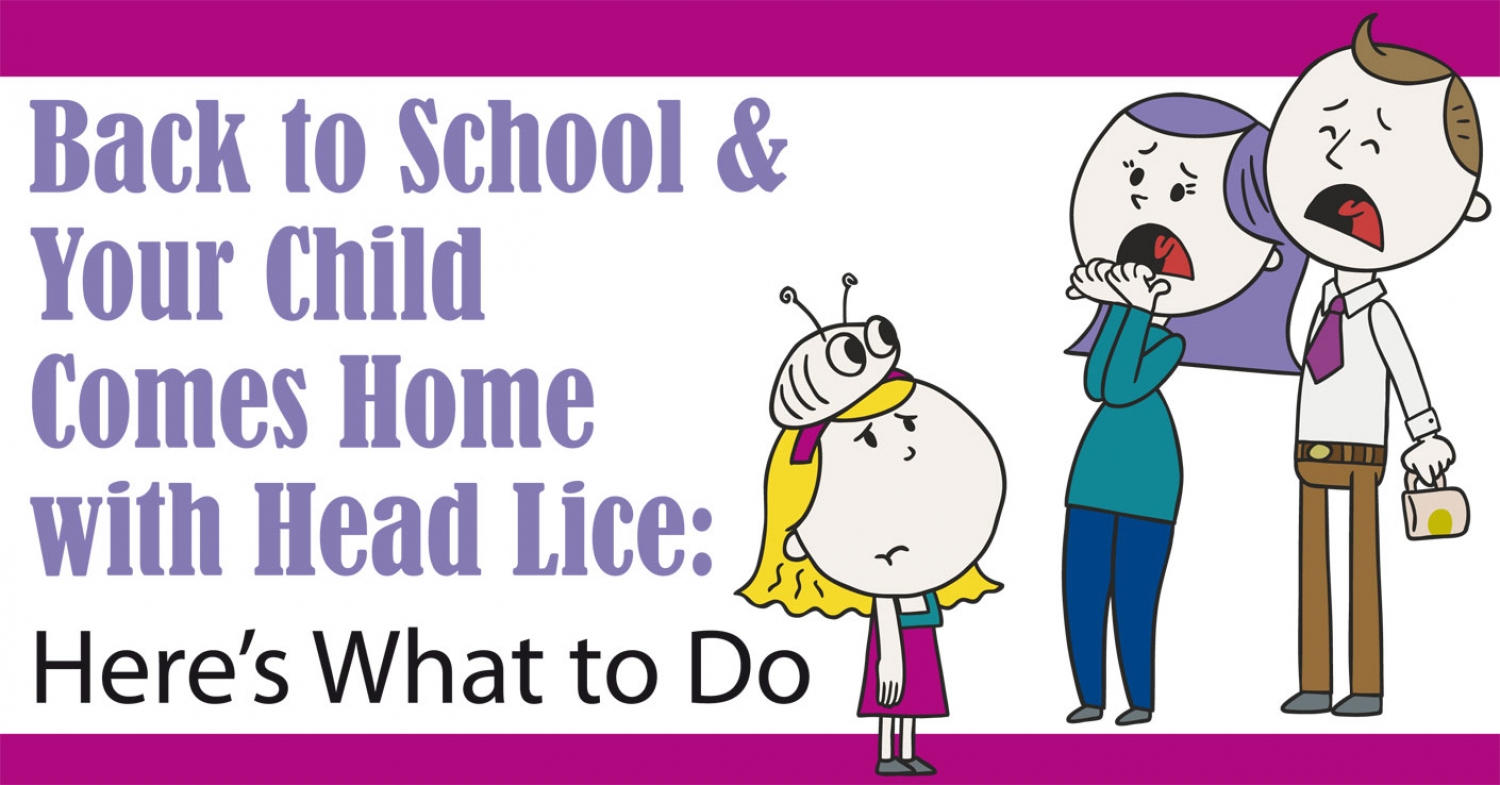As summer winds down, the thought of going back to school gives many students the jitters. Worries of homework and the need to stay focused in class replace carefree days at the beach and at camp. Fortunately, learning strategies to stay focused, organized and motivated allows your child to start the school year on a positive note.
The Multi-Sensory Approach
The multi-sensory approach facilitates your child’s focus and encourages him or her to stay on task in the classroom. By integrating as many senses as possible, you can help your child acquire new information and lock it into his or her long-term memory. This multi-sensory approach, which integrates the visual, auditory and tactile/kinesthetic senses, can be applied to nearly all aspects of school. For instance, it can be applied to math by using counters, base ten blocks, white boards, play money and dice to grasp core concepts involving numbers. It can also be used for phonics with magnetic tiles, colored sand and shaving cream for discovering new sounds. Additionally, multi-sensory teaching can be used with reading comprehension and note taking.
Reading Comprehension
A great strategy to aid students in becoming active readers and furthering their study skills involves three colored highlighters: blue (for topics), green (for main ideas) and yellow (for important details). As the school year progresses, students will inevitably be required to read passages with increasing levels of difficulty. Using highlighters in a specific way allows students to organize information and identify key elements when reading. The strategy works as follows:
- The student should first read the passage without any highlighting.
- Next, he or she should identify the topic of the passage with one to three words describing what the passage is about. Some examples of topics include: the beach, New York City and bluebirds. Students should highlight the topic in blue.
- After highlighting the topic, the student should look for the main idea. The main idea is a phrase or a few sentences describing what the author is saying about the topic. For example, if the topic is flowers, the main idea might be: Growing flowers is an easy process. The student should highlight the main idea in green.
- Finally, the student should identify the important details. Note that only important details— not just any details— should be highlighted. Students should also try to highlight words and phrases rather than full sentences whenever possible. They should highlight the important details in yellow.
To take it to the next level, students can write a summary of one or two sentences in their own words describing what the passage is about. They can either write it in a subject notebook or on a sticky note they then tack in the book containing the passage. This strategy enhances active reading and overall study skills.
Webbing
Students are generally not introduced to note taking until middle school or later. By using this highlighting strategy as a basis for note taking, the concept of note taking can be grasped at a very early level. The webbing strategy is a great way to do this.
Here’s how it works. Say a student has to read the following passage for school: Fire can be harmful and helpful. It can destroy homes and buildings and turn forests into piles of ash in little time. Yet fire gave humans the first form of light and heat. It allowed us to cook food in unique ways. It also helped us create tools and pottery and harden bricks. Fire became an essential part of our daily lives.
After the student reads the passage, he or she should highlight the topic in blue (in this case, “fire”), the main idea in green (“harmful and helpful”) and the important details in yellow (phrases such as “destroy homes and buildings,” “first form of light and heat”). This is where the webbing strategy, a form of note taking, begins. The student should draw a diamond in the middle of a notebook page and write the word “fire” inside the diamond (the topic goes in the diamond in the middle). Next, he or she should draw a rectangle on the top of the page and write the main idea inside of it. Finally, he or she should draw bubbles branching out of the diamond and write the important details inside them. You can encourage your child to use abbreviations, symbols and contractions, as this is a form of note taking and not composition writing. A sample diagram is as follows:
Harmful & Helpful
Destroys homes & buildings –FIRE—–First form of light & heat
I
I
Creates tools & pottery
Students are free to add as many or as few important detail bubbles as they’d like. Also, they can color code the bubbles as follows: diamond in blue (for topic), rectangle in green (for main idea) and circles in yellow (for important details).
Try these strategies at home with your child as the new school year begins and, remember, the more multi-sensory, the better.




